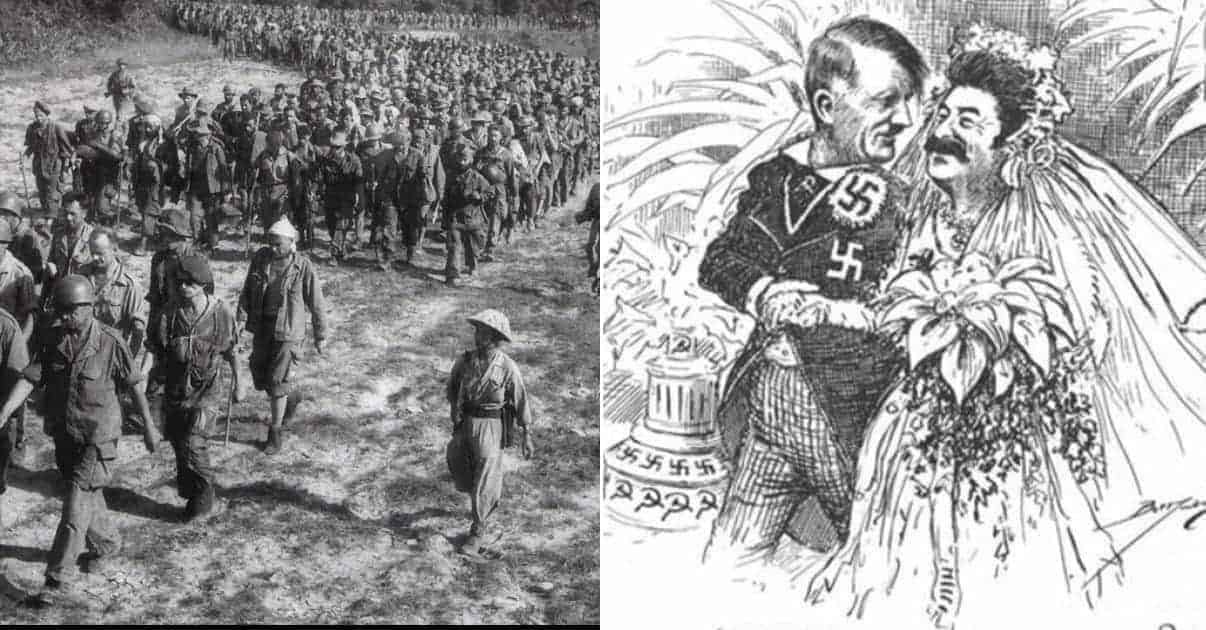We all make mistakes from time to time. Luckily, most times when we screw up, the consequences of our mistakes range from trivial to nonexistent. We might feel a bit embarrassed and chagrined at our missteps, but more often than not, life just goes on, and the world neither notices nor cares that we messed up. Most of the time, that is. However, sometimes mistakes – even tiny ones which seem trifling at the time – could end up having huge ramifications. As in altering the course of history or changing the world kind of huge ramifications.
Those mistakes that shaped the course of history are the subject of this article. On the one hand, not all of those history-altering missteps were catastrophic. Some of them actually turned out to be a blessing in disguise, producing beneficial results that made the world a better place. Indeed, you and your loved ones have probably already benefited from some of these fortuitous screwups, and your physical wellbeing and that of those you care about is indebted to some of the mistakes described here. On the other hand, many more of those screwups were anything but helpful. Instead, most of them led to disaster, brought about great harm and destruction, and left a lot of suffering and misery in their wake.

Following are ten mistakes that shaped history and changed the world, for the better or for the worse.

A Mathematical Mistake Led to Discovery of the New World
When Christopher Columbus (1451 – 1506) sailed westward from Spain in 1492, he was convinced that he was less than 3000 miles away from Japan. A little more sailing beyond that, and he would reach the Indies, with their rich spice trade. As it turned out, Japan is about 12,000 miles away from Spain, not 3000. The reason Columbus thought it was much closer was because he made a mistake in calculating the size of the globe, and concluded it was far smaller than it actually is. That was probably the most momentous mistake in history.
Contrary to myth, neither Columbus nor his crew feared that they might fall off the edge of the world. The Ancient Greeks knew the earth was a globe two millennia earlier, and educated people and sailors in Columbus’ day had no illusions about the earth being flat. The issue for Columbus was not the shape of the earth, but the size of the ocean he planned on crossing. In addition to screwing up the calculations, he did not know – or had reason to suspect – that an unknown continental landmass lay between Spain and Asia.
Ultimately, Columbus reached the Caribbean, whose islands he believed were the western outskirts of Asia, and so named them the West Indies. In subsequent voyages, he explored the Caribbean and the northern coast of South America. When not exploring, he was governor and viceroy of the Caribbean. In that capacity, he brutally treated, enslaved, and decimated the native population, whom he incorrectly labeled Indians.
To his dying day, Columbus insisted that he had reached Asia. Ironically, the New World discovered by Columbus would not bear his name, but wound up being named after another Italian explorer, Amerigo Vespucci. Amerigo mapped the eastern shore of South America down to Brazil, and demonstrated conclusively that what Columbus had reached was not Asia, but a hitherto unknown world. A German mapmaker labeled the New World “America” after Amerigo. His maps were quite popular during 1500, so the name America spread and stuck.

